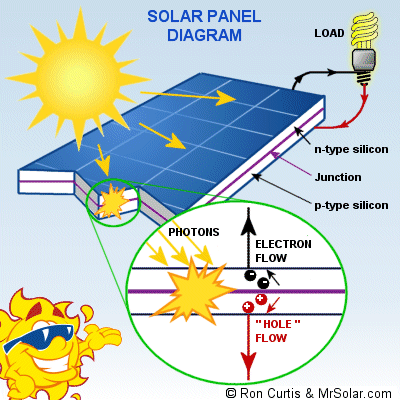- Accessibility Options:
- Skip to Content
- Skip to Search
- Skip to footer
- Office of Disability Services
- Request Assistance
- 305-284-2374
- Display:
- Default
- High Contrast
- Apply
- About UM
- Give to UM
-
Schools
- School of Architecture
- College of Arts and Sciences
- Miami Herbert Business School
- School of Communication
- School of Education and Human Development
- College of Engineering
- School of Law
- Rosenstiel School of Marine, Atmospheric, and Earth Science
- Miller School of Medicine
- Frost School of Music
- School of Nursing and Health Studies
- The Graduate School
- Division of Continuing and International Education
- Alumni



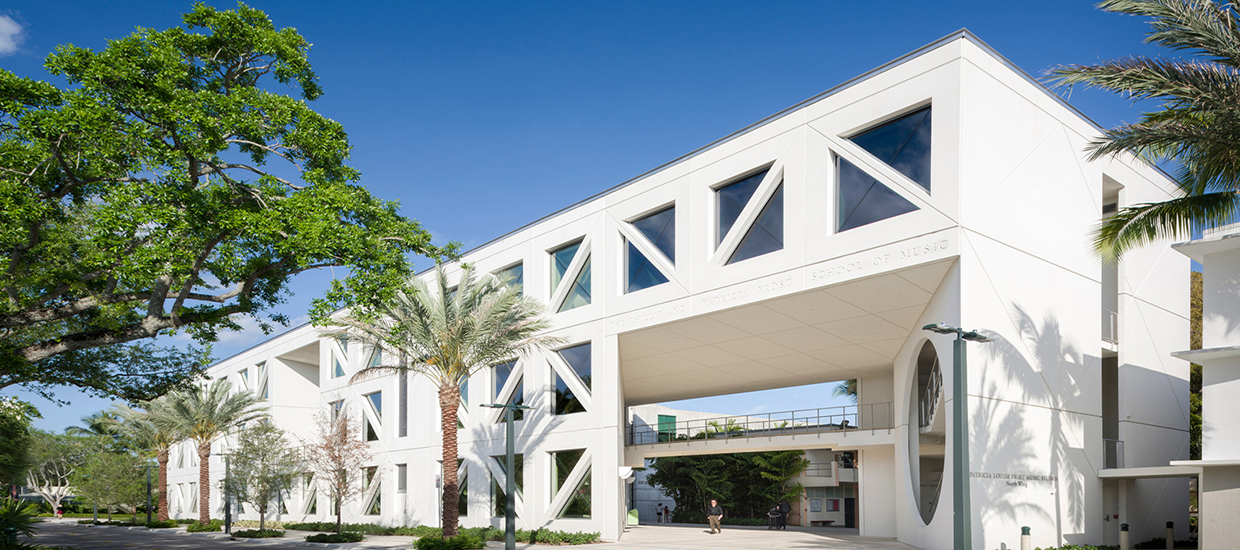
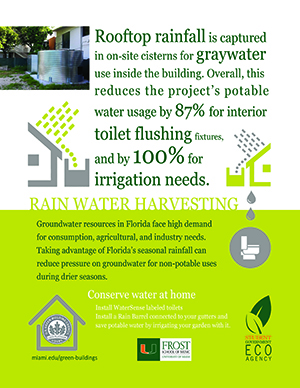
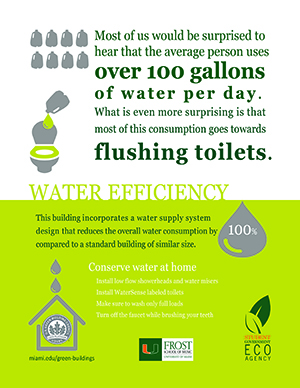

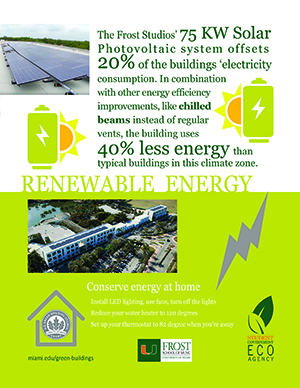
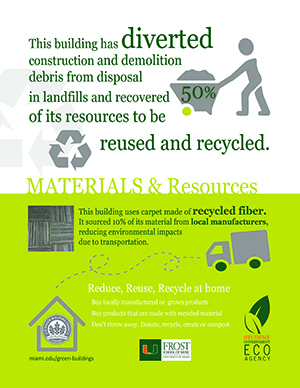
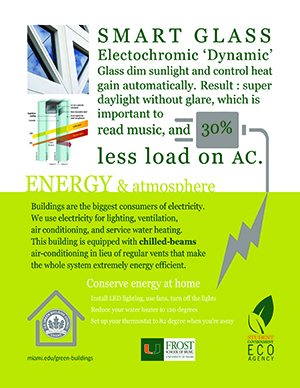
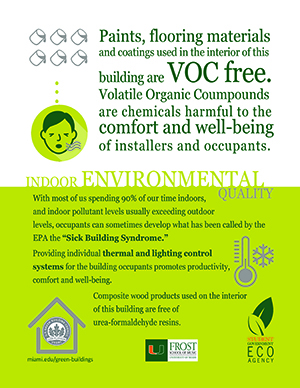
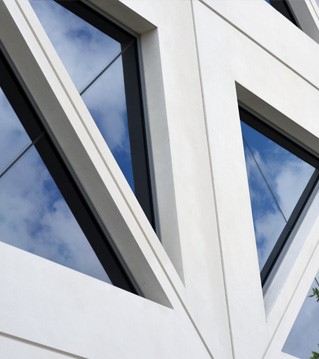
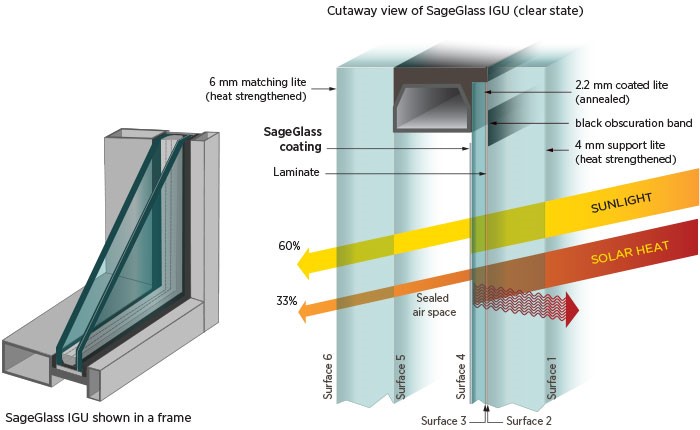
 The buildings are framed in structural white precast concrete panels that include an admixture of titanium dioxide. Titanium Dioxide (TiO2) aka ‘anti-smog’ coatings and concrete additives serve to help clean the air and make the exterior surfaces easier to clean over time. On average, every 10,000 square feet of building skin coated with TiO2 can offset emissions
The buildings are framed in structural white precast concrete panels that include an admixture of titanium dioxide. Titanium Dioxide (TiO2) aka ‘anti-smog’ coatings and concrete additives serve to help clean the air and make the exterior surfaces easier to clean over time. On average, every 10,000 square feet of building skin coated with TiO2 can offset emissions 
